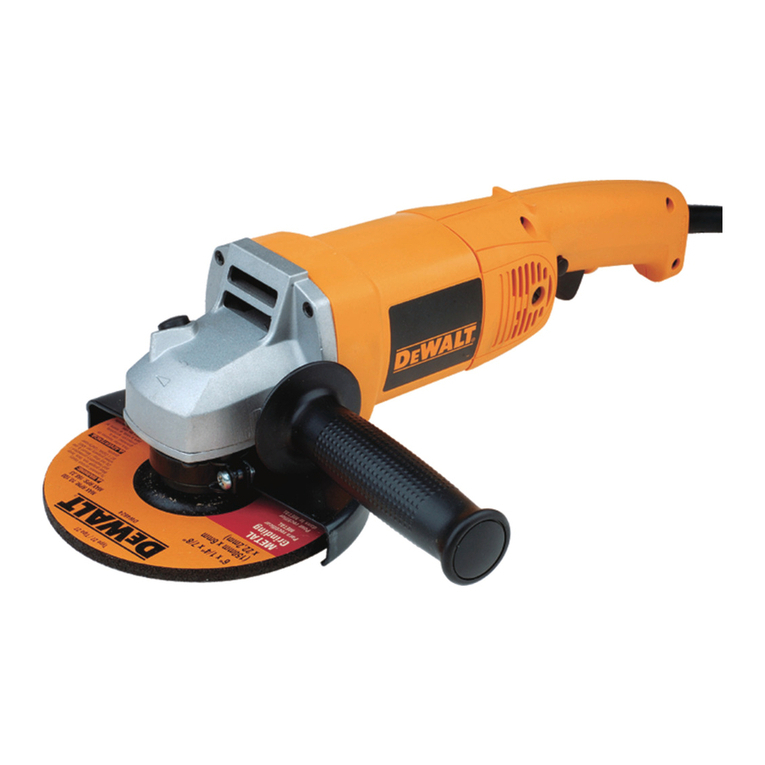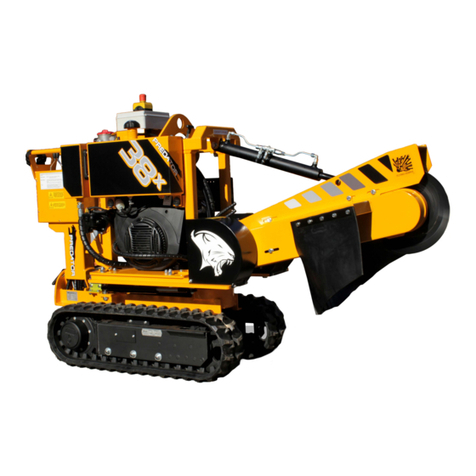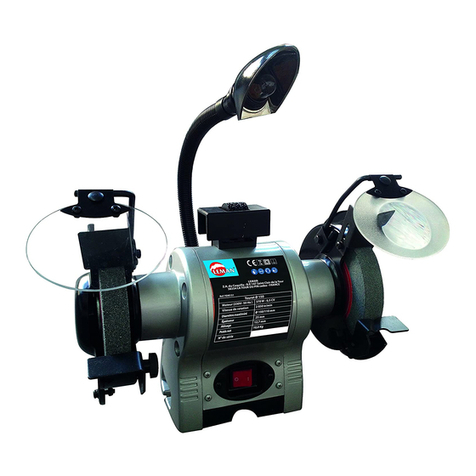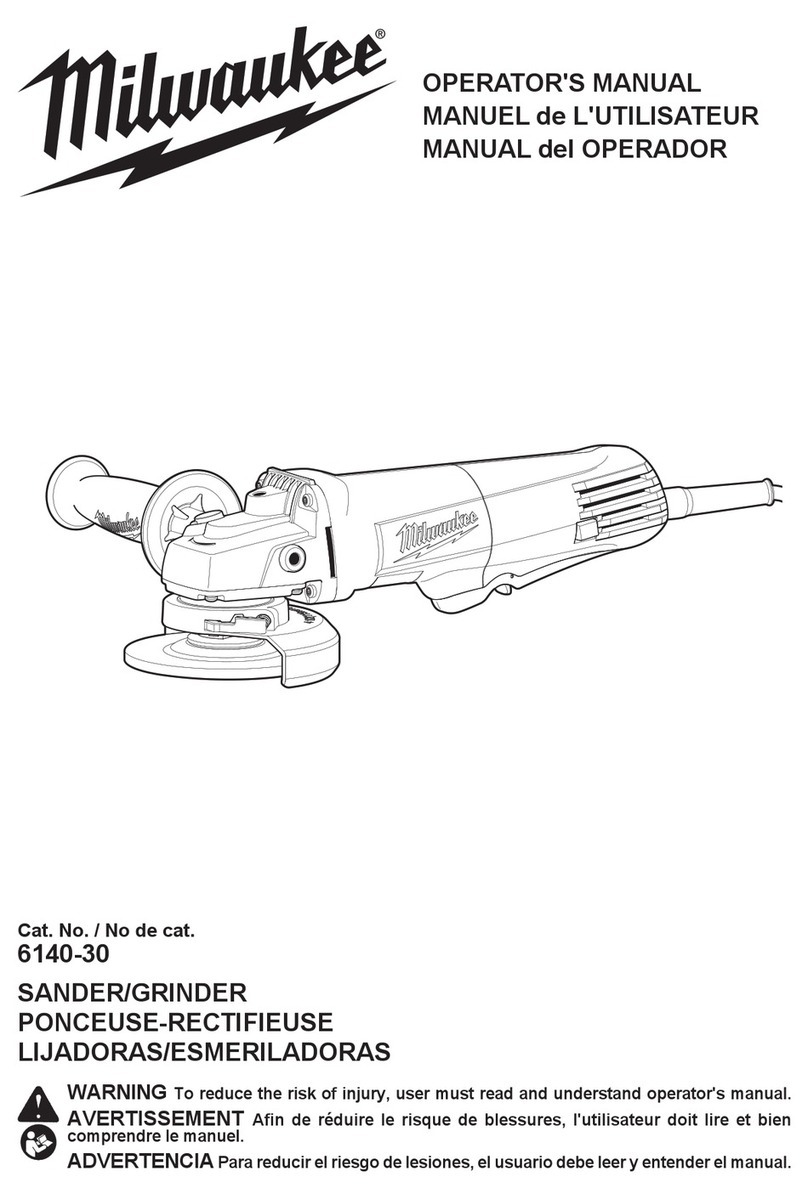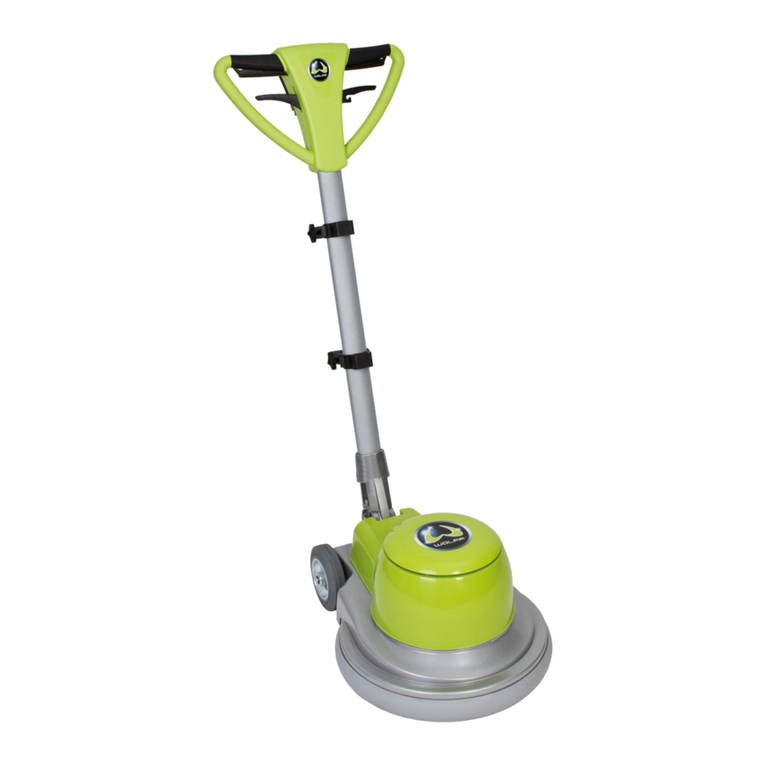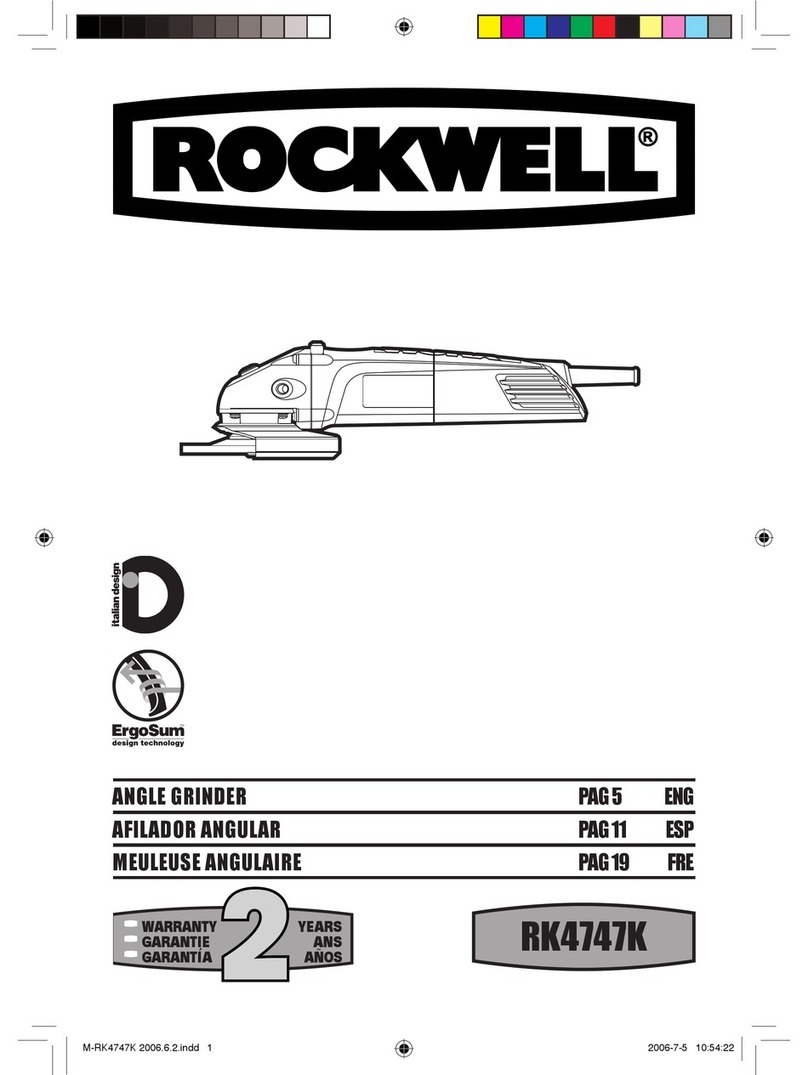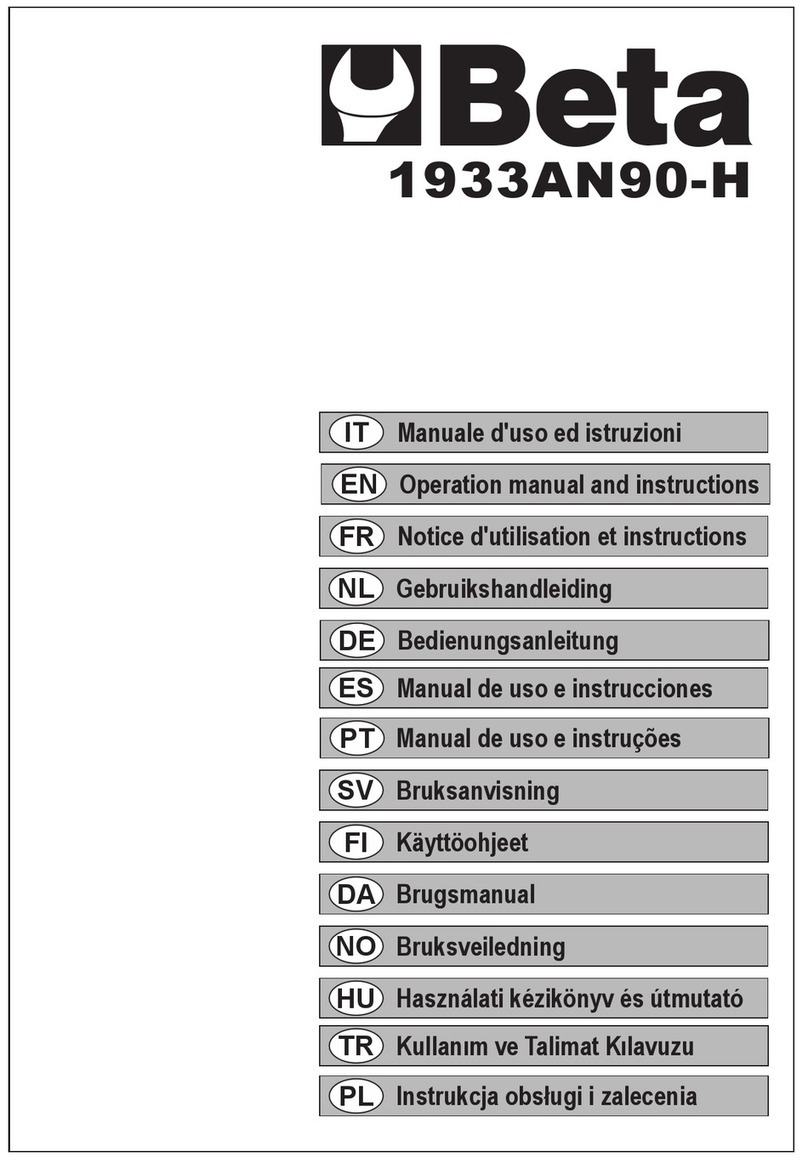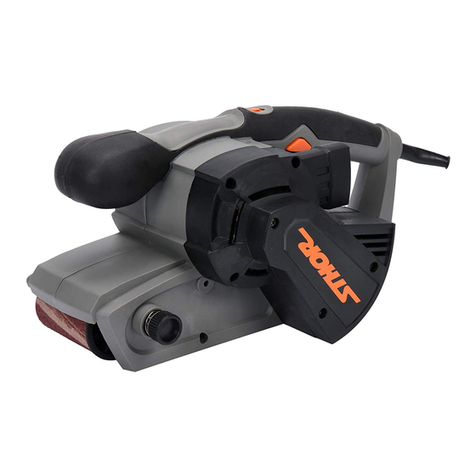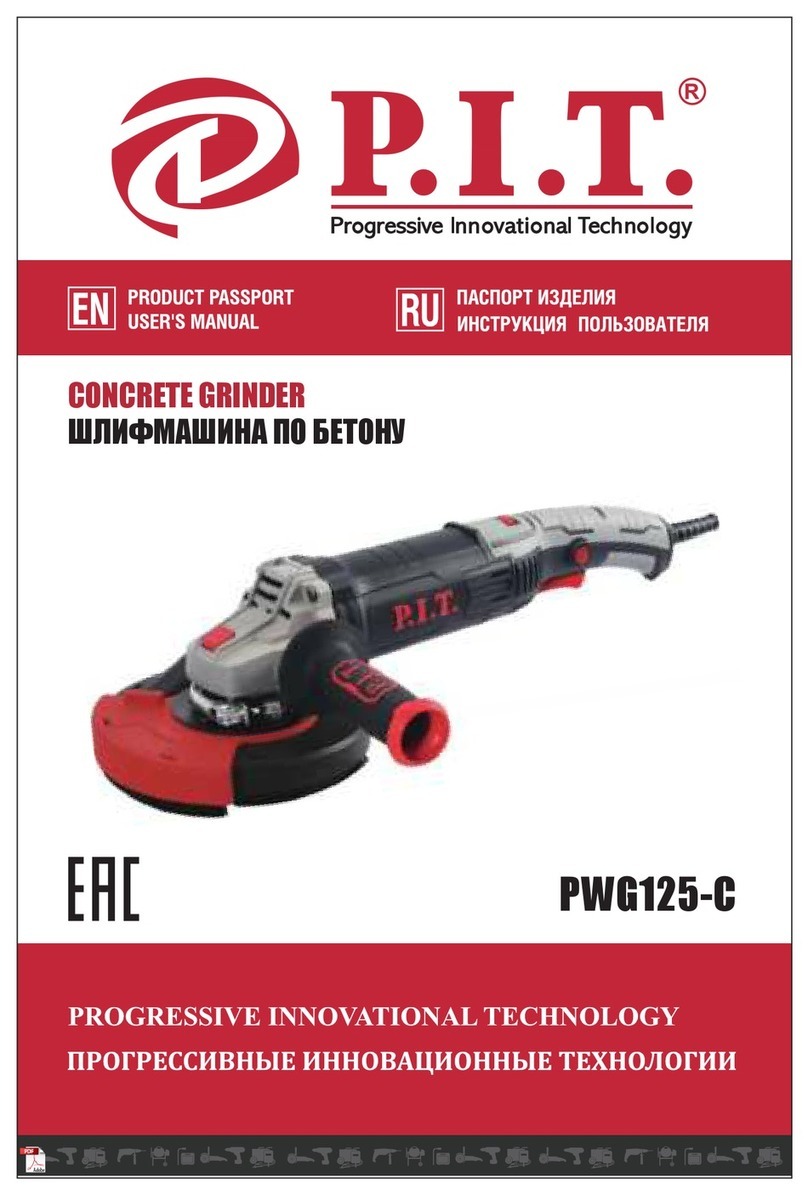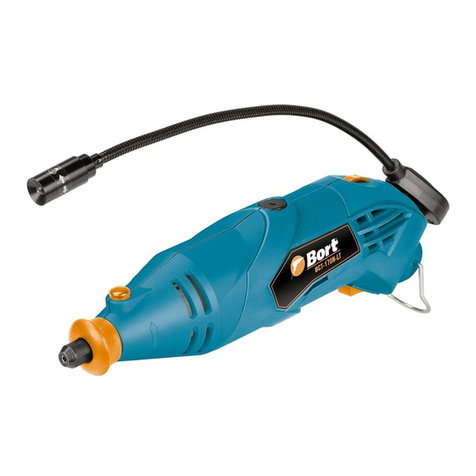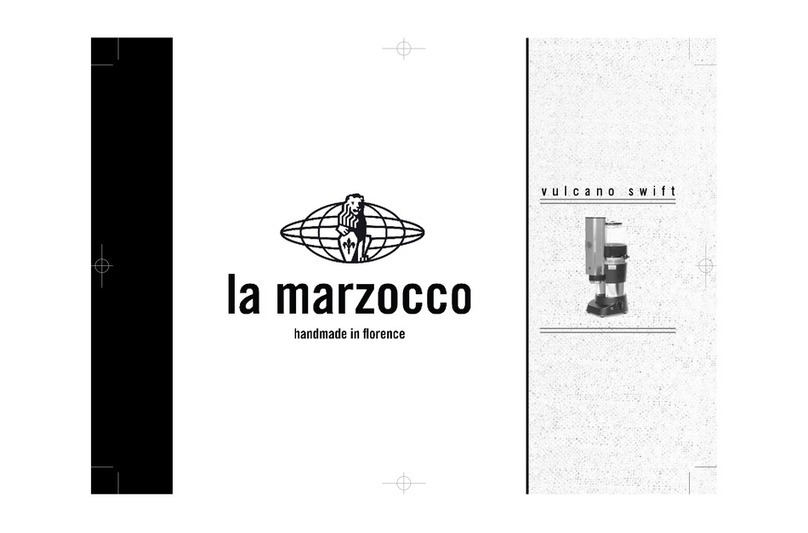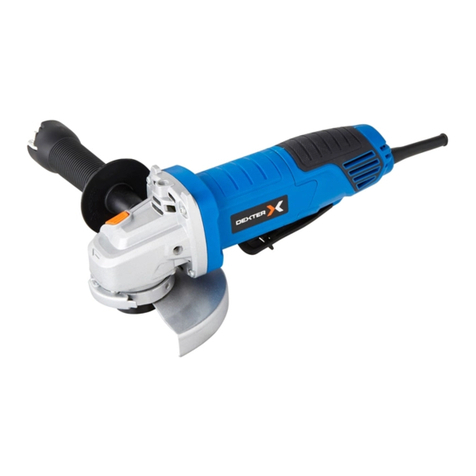TIANGEN OSE-Y50 User manual

Order: 010-59822688
Toll-free: 800-990-6057 /400-810-6057
TIANGEN BIOTECH (BEIJING) CO., LTD
This product is for scientifi c research use only. Do not use in medicine, clinical treatment, food or cosmetics.
Version no.: OS161208
Cat. No. Product Name
OSE-Y50 The 3rd Gen Variable Speed TGrinder
TGrinder 3rd Gen Variable Speed
User's Manual
Grinding
Pestle
Collecting
Box
Metal
TGrinder
Pestle
TGrinder
Holder
Grinding Pestle
Box (40 plastic
TGrinder pestles
are included)
Package Contents
Package Description Cat. No.
The 3rd Gen Variable Speed TGrinder Set OSE-Y50
The 3rd Gen Variable Speed TGrinder
Power Adapter
Contents User's Manual
Warranty Card
TGrinder Holder
Supplied
3rd Gen Metal Pestle OSE-Y002
Consumables Grinding Pestle Collecting Box OSE-Y003
Grinding Pestle Box
(40 plastic TGrinder pestles are included) OSE-Y004
Optional 3rd Gen Plastic TGrinder Pestle OSE-Y001
Consumables 15 ml Metal TGrinder Pestle OSE-Y007
Quality Assurance: The product warranty period is 12 months. The product
quality problems caused by any artificial damage or mis-operation are not
covered by the warranty.
After Sales Service Hotline: 400-810-6057 800-990-6057

Precautions
1. Do not press too hard on the joint of the grinder and pestle.
2. When using TGrinder to grind the sample, the volume of the lysis buffer is recommended
not to exceed 150 μl, so as to prevent unnecessary injury caused by the splashing of the
lysis buffer out of the centrifuge tube during the grinding process.
3. The grinder is a motor-driven instrument, which should not be used to grind hard samples
too often to prevent the damage of its joint area.
4. Operate the grinder intermittently, and keep pressing the grinder switch for 3-5 s to avoid
the melting of TGrinder pestle and plastic consumables caused by the generation of heat
by friction.
5. Avoid contacting with water and other liquids in the movement of the instrument, and
also avoid immersing the instrument in water and other liquids, so as not to cause short
circuit of the instrument.
6. The body of the instrument is not resistant to strong acid, strong alkali and most organic
solvents. Salty liquid also has certain corrosive effect on the metal in the equipment. If
the instrument is inadvertently exposed to the above chemicals, please immediately wipe
it clean with water.
7. First plug the power adapter into the instrument connector, and then plug in the power socket.
The pestle should not touch any part of human body when working, so as to avoid
personal injury. All accessories of the product (power supply, pestle) can only be used
with this instrument, but not with other instruments without authorization. In case of any
violation of the above items, the consequences shall be borne by the users.
Speed control knob TGrinder body Sliding sleeve
TGrinder according to the experimental requirements. The speed is within the range of
0-12000 rpm.
Operation skill: in order to prevent the sample from splashing when the TGrinder pestle
is working at high speed, it is recommended to intermittently press the switch button to
achieve the best effect.
Figure 1 Figure 2 Figure 3 Figure 4
Figure 5
Product Description
OSE-Y50 3rd Gen Variable Speed TGrinder is a small hand-held tissue grinder with a built-
in brushless motor driven pestle device. It can be used to grind tissue samples in 1.5 ml or
15 ml centrifuge tubes. It can grind and mix the sample at the same time, and can reduce
the sample loss during the operation process. OSE-Y50 has a speed regulation function
with the rotating speed in the range of 0-12000 rpm, and can handle a variety of tissue
samples fl exibly. The grinder is of high torque and long service life.
Applications
1. It is suitable for grinding and breaking all kinds of plant tissues, including roots, stems,
leaves, fl owers, fruits, seeds and other samples.
2. Suitable for grinding and breaking of all kinds of animal tissues, including brain, heart,
lung, stomach, liver, thymus, kidney, intestine, lymph node and muscle.
3. It can be used for homogenate.
Parameters
Product Name 3rd Gen Variable Speed TGrinder
Cat. No. OSE-Y50
Speed 0-12000 (rpm)
Rated Voltage 12 (V)
Noise 65 (db)
User Guide
1. Install TGrinder pestle:
Insert the TGrinder pestle directly into the sliding sleeve at the front of the TGrinder, and
the pestle will be installed and locked in one second (Figure 1). Use with the pestle box
to realize the direct plug-in mounting (Figure 2).
2. Grind the sample with TGrinder:
Hold the body of the TGrinder (the TGrinding pestle has been installed into the TGrinder),
and put the TGrinder pestle into the centrifuge tube with the sample and lysis buffer (it is
recommended that the volume of lysis buffer should not exceed 150 μl), press the switch
on the side of the TGrinder with your fi nger, and it will start to work(Figure 3). Release
the fi nger from the switch to stop grinding.
3. Remove the TGrinder pestle:
When the grinding is done, Grinding Pestle Collecting Box provided in the kit can be used
to collect the pestle. Insert the pestle into the unloading hole, and the pestle will fall off
automatically with a slight press. Pollution can be avoided by collecting all the pestles in the
box(Figure 4).
4. Set the grinding power by twisting the speed control knob at the upper end of the

